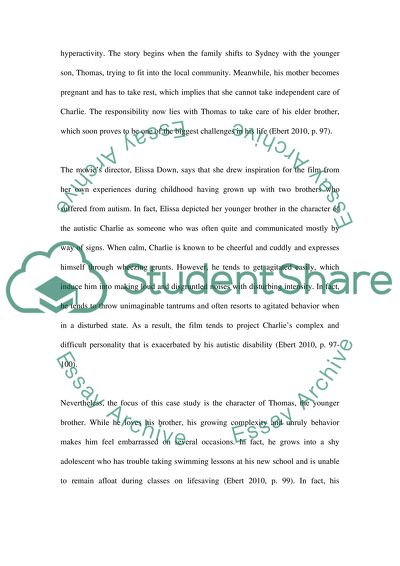Cite this document
(“Case analysis: the Black Balloon Study Example | Topics and Well Written Essays - 2750 words”, n.d.)
Retrieved de https://studentshare.org/psychology/1391356-the-black-balloon
Retrieved de https://studentshare.org/psychology/1391356-the-black-balloon
(Case Analysis: The Black Balloon Study Example | Topics and Well Written Essays - 2750 Words)
https://studentshare.org/psychology/1391356-the-black-balloon.
https://studentshare.org/psychology/1391356-the-black-balloon.
“Case Analysis: The Black Balloon Study Example | Topics and Well Written Essays - 2750 Words”, n.d. https://studentshare.org/psychology/1391356-the-black-balloon.


